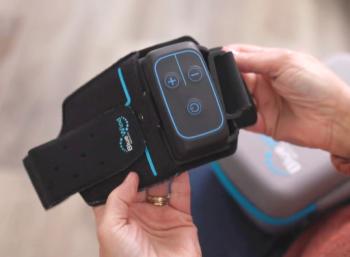
Inefficient financial services processes are sucking hospitals dry
How can hospitals optimize the administrative arm of the hospital in order to cut costs and improve cash flow?
Hospitals might say they’re unlike other businesses-and in many ways, that’s true-but they’re not exempt from financial troubles. From 2015 to 2017,
Among the 104 systems Navigant reviewed, 65 percent saw operating income fall between fiscal years 2015 and 2017, and 22 of them had operating income reductions exceed $100 million during the same time period. In at least one of the three years, nearly 30 percent reported negative margins, and 11 percent lost revenue on operations all three years. All in all, health systems facing operating earnings reductions lost nearly $7 billion between 2015 and 2017-a 44 percent decrease.
During a time of mushrooming expenses and dwindling income, we have to ask ourselves how we can optimize the administrative arm of the hospital in order to cut costs and improve cash flow. What many hospital systems might not realize is that there is massive potential to collect, organize, and apply valuable payment and patient data to accounts receivable in order to keep operations running smoothly.
Mining the process for profits
Hospitals collect money from two main sources: patients and insurance payers (whether commercial or government). But both present challenges to getting paid.
Rising deductibles mean individuals are paying more out of pocket for their care. An analysis by
Furthermore, while other industries offer various consumer-focused payment methods, hospitals’ billing practices aren’t designed to collect small, incremental payments from hundreds of patients.
What health systems may not realize is that by taking into account credit history and other publicly available information on payment habits, they can segment patients based on the likelihood of receiving payment.
Health systems can gather information on payment habits by leveraging touchpoints with consumers to create data sets through surveys in preregistration forms. Pairing this internal data set with broader information on patient payment habits-from sources such as the
For instance, if past history shows that it takes three touchpoints to get a certain response or payment, health systems can extrapolate that data for use in future interventions. It may become clear that the first point of contact should be with someone other than records indicate, or perhaps reaching out on a certain day of the week, time of day, or through a particular channel increases the likelihood of a quick response.
This data-driven approach not only stratifies risk, but it can also be used to rank interventions according to whether they will likely lead to desired outcomes.
The same process applies when engaging commercial or government payers. When patients are admitted to the hospital, they set off a chain of events which-when properly recorded, analyzed, and understood-generate valuable data points that could help a health system operate more efficiently and save money.
Even when a claim gets denied or a payment takes longer than expected, the processes generate data that hospitals can use. Data associated with each claim and appeal can drive preferred payment mediums and provide insights into trouble areas and current issues that need to be resolved.
For instance, if a health provider knows payer A takes months to submit payments for appendectomies while payer B only takes a few weeks, then billers and collectors may want to focus their energy on payer B in order to optimize cash flows. If they know payer A will be slow regardless, they can focus on keeping in close contact with payer B to strengthen the revenue cycle.
By using data patterns to determine where to turn their attention, employees can help the health system not only reduce accounts receivable days outstanding, but also meet the system’s quarterly financial goals.
Getting back to priority No. 1
The organizing principle of any hospital is to treat patients. Yet too many health systems waste significant time and money burying themselves in paperwork and chasing after payments. In the process, they squander resources that could be directed toward helping people get better, such as expanding research, purchasing new equipment, and hiring more practitioners.
According to the
To optimize operations by eliminating waste, health systems must use the rich payment data they collect on every transaction to inform the billing department. With a better collections strategy, systems can streamline their accounts receivable and realign valuable resources to where they are more valuable.
Newsletter
Stay informed and empowered with Medical Economics enewsletter, delivering expert insights, financial strategies, practice management tips and technology trends — tailored for today’s physicians.














